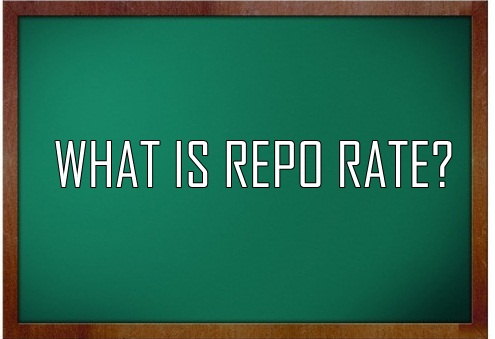TLI Staff
New Delhi: The RBI has cut repo rate yet again by 0.25 per cent. Also termed as key policy rate, it now stands at 5.15 per cent, almost at its nine-year low.
But what does the lower repo rate mean for you and me?
Repo rate is the key tool used by RBI to control consumer prices or inflation as measured by consumer price index (CPI). It is the interest rate at which the central bank lends to banks such as SBI, PNB, Axis Bank, ICICI Bank, HDFC Bank etc. By lowering the repo rate the RBI makes borrowing by banks cheaper. The banks then pass on the cheaper rate to consumers.
So, the repo rate is used to supply more money in the market. If the rates are increased, banks find it costlier to get funds for lending it to consumers. Assuming that banks want to borrow Rs 100 from RBI and if the repo rate is 10 per cent, then the cost of fund for the bank would be Rs 110. If the repo rate is increased to 15 per cent, then the cost of funds for banks would be Rs 115. So, hike in repo rate means banks would charge higher rate from customers. Similarly, if the repo rate is reduced from 15 per cent to 10 per cent, the cost of funds for the bank would be lower. As a result, consumers would get loans at cheaper rate.
But the question you may have would be why despite cut in repo rates, your EMI for car or home loans is not coming down.
It is very simple to understand now. If banks do not pass on the benefit of lower rate by RBI, your EMI for loans would not come down. In other words, banks are pocketing the benefits instead of passing it on to you. In this scenario, RBI being the regulator for banking sector, or say bank of banks, issues suitable directive to banks for passing on the repo rate cut benefits to consumers.
It may be noted that RBI has effected a cumulative repo rate cut of 1.35 per cent since February this year. But banks did not pass this on to the consumers. With public uproar over this and government pressure, the RBI directed the banks to lower the interest rate for consumer loans. The situation has improved since then and banks are now following RBI directive.
But why banks had to be nudged for cutting interest rate?
Most public sector banks have burnt their fingers by giving loans to companies which did not return the money. In many cases, the loans turned non-performing asset. This has severely affected their financial position. By not lowering the interest rate, the banks tried to use the opportunity to improve their own financial health.
Consumers have one more complaint. Their old EMIs are not coming down.
This is because the reduced repo rate applies to fresh loans and not those taken earlier. In order to get benefit of lower repo rate, those with old loans can request the banks for the same. But banks charge administrative and legal cost for changing the loan criteria and link it with reduced repo rate after paying a one-time fee. Currently it goes as high as Rs 10,000. By paying the amount, a borrower can reduce the EMI.
But there are still chances that your EMI may not come down.
Banks may or may not reduce interest rate depending on profile of a customer. If someone has been a repeat defaulter in repaying his/her EMI, bank may refuse to cut interest rate for this “risky” customer.
And what is Reverse Repo Rate?
The reverse of repo rate is called Reverse Repo Rate. This is the rate at which RBI borrows money from commercial banks. This is also used to control the money supply in the country.
Also read | RBI cuts repo rate by another 25 basis points to make loans cheaper, push growth

